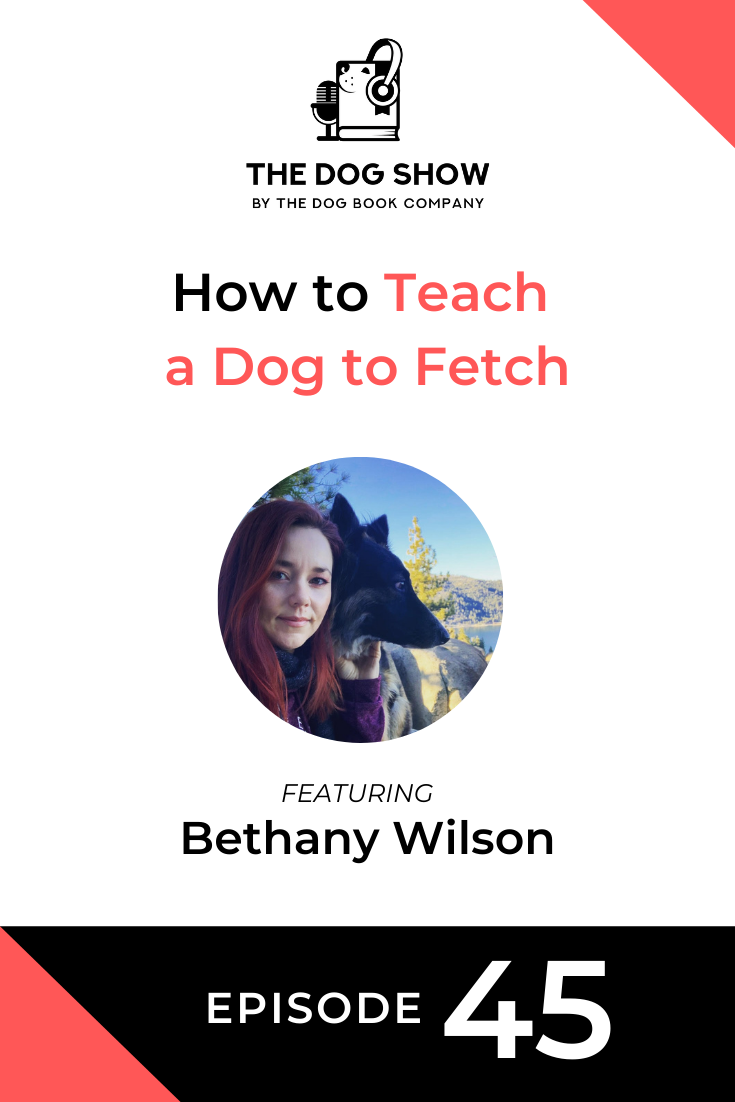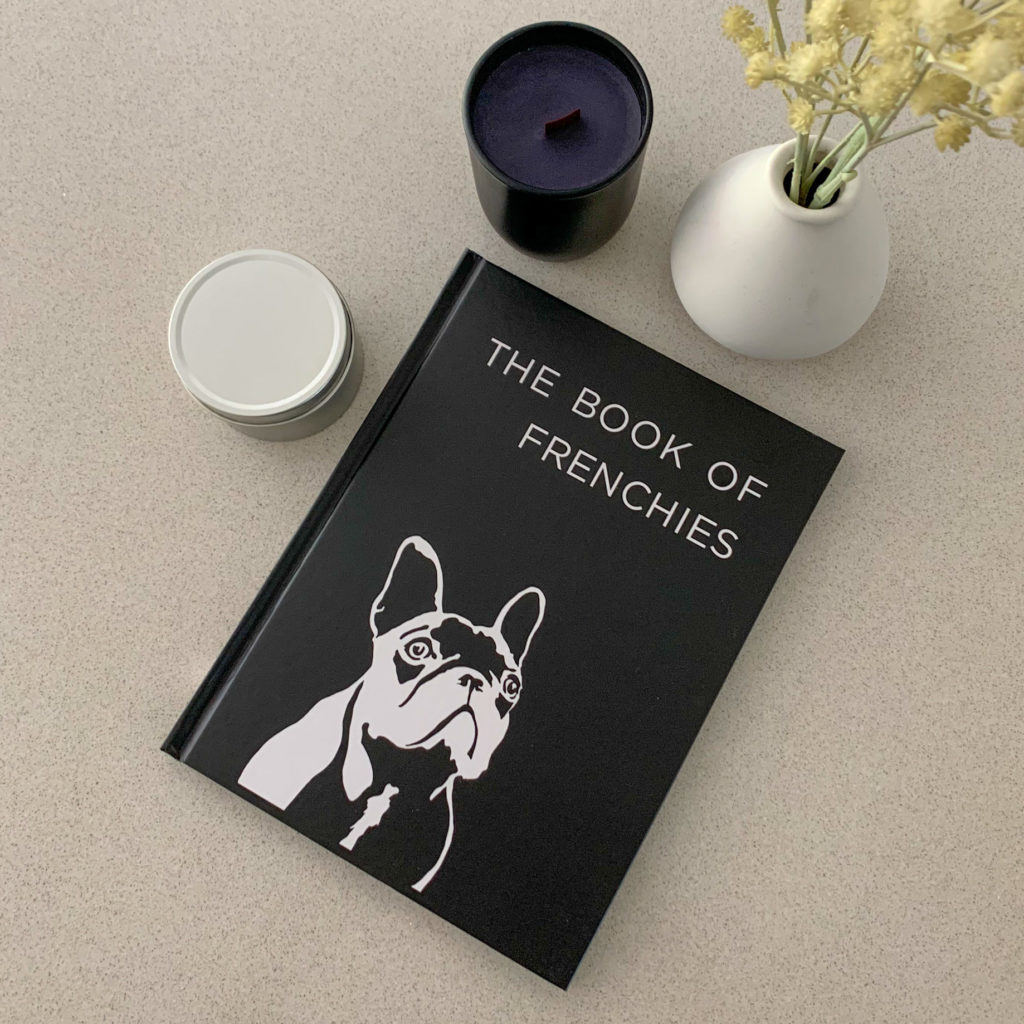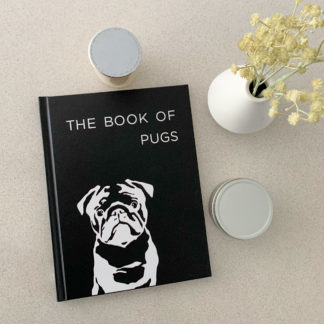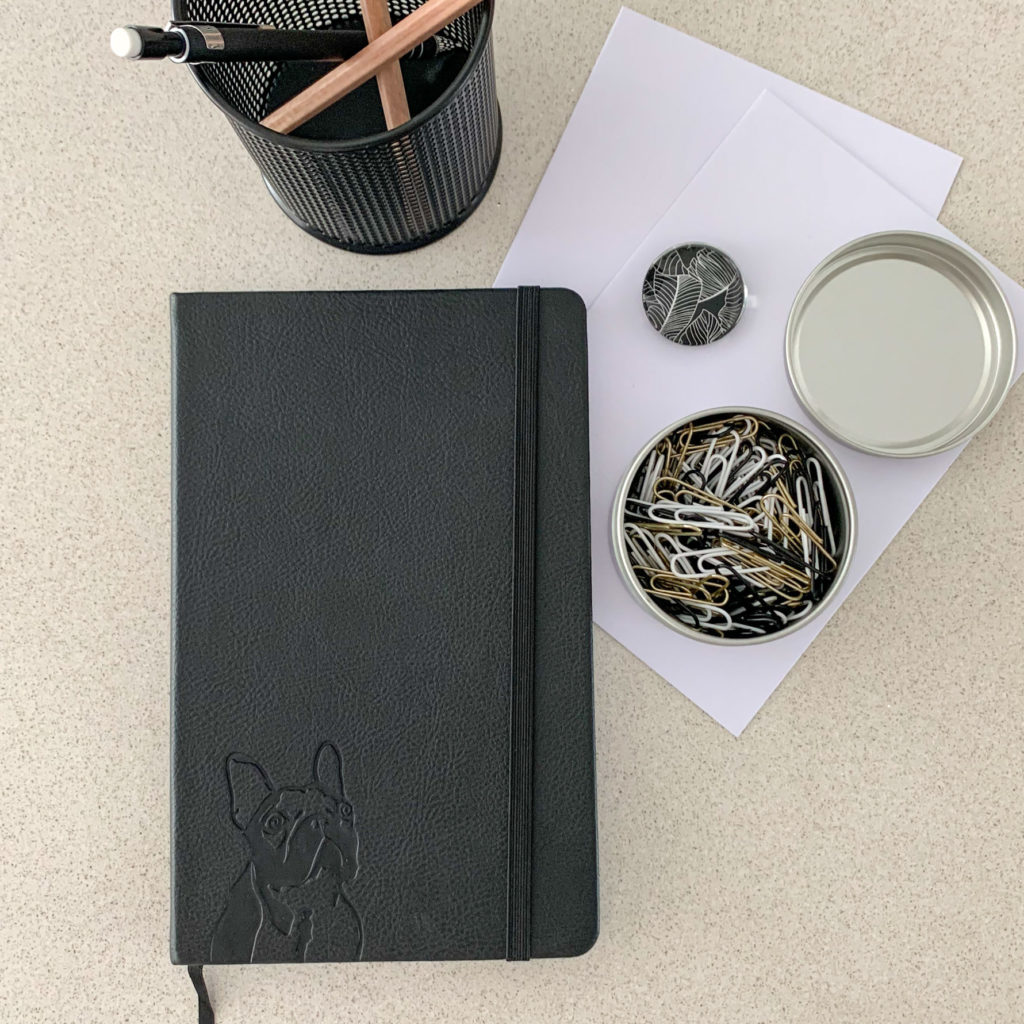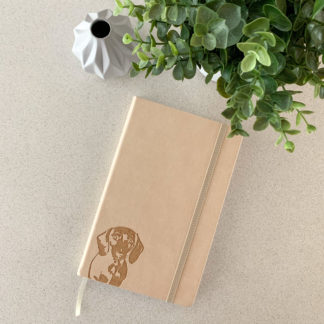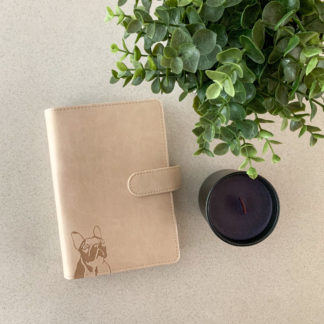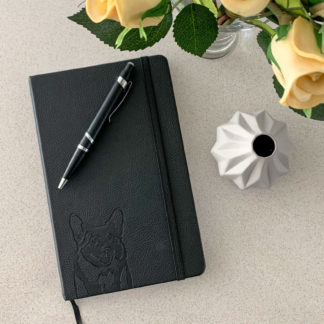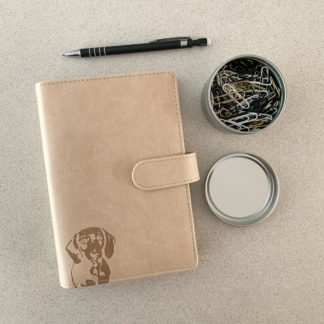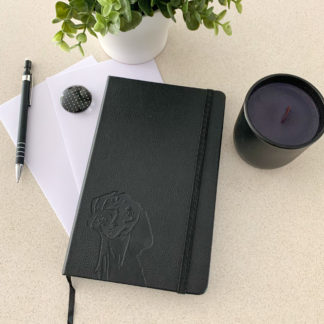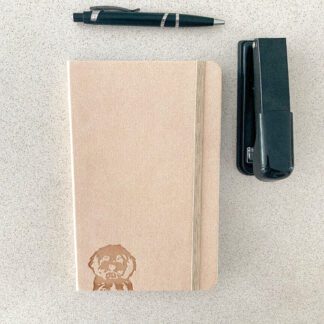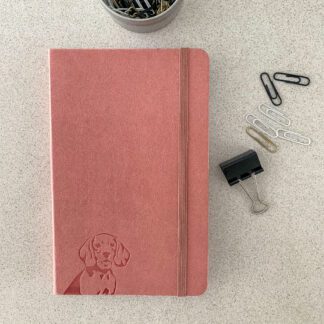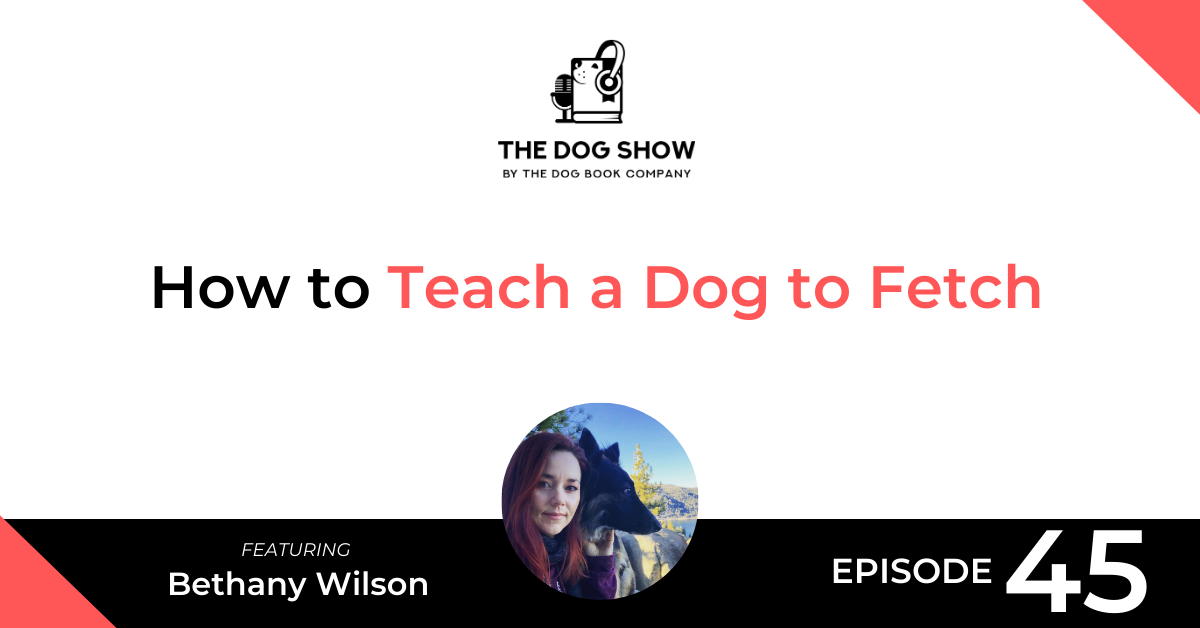
In this episode of The Dog Show, featuring Bethany Wilson, we discuss how to teach a dog to fetch and return.
Bethany, who also appeared in Episode 19 and Episode 40, is the Founder and head trainer of Ruff Beginnings Rehab, a full-service dog training facility based in Los Angeles, California. Ruff Beginnings provides owners with guidance, homework, schedules, and aftercare, as well as an expansive range of online training videos.
Find out more about Ruff Beginnings Rehab here:
Listen
Watch
Read
Will: This episode of “The Dog Show” features Bethany Wilson. Bethany is the founder and head trainer of Ruff Beginnings Rehab, a full-service dog training facility based in Los Angeles, California. Ruff Beginnings provides owners with guidance, homework, schedules, and aftercare as well as an expansive range of online training videos. In the interview, we talk about how to teach a dog to fetch and return. Bethany, welcome back to the dog show today. Thanks for coming on.
Bethany: Thank you. It’s good to be here.
Will: Yes. So we just finished a conversation which will be published in a separate episode about leash pulling. You’ve been on “The Dog Show” before talking about anxiety, but today we’re talking about to fetch, and I’m sure it’s a topic that a lot of the listeners are interested to know if they’ve got a young dog that they’re trying to teach how to fetch. So I guess to start it off, can you teach any dog to fetch?
Bethany: Probably not. Probably not. I don’t know. I mean, I like to think that with enough dedication and time, and practice, yes, but we have a lot of people who rescue five-year-old dogs now, you know, and we have a lot of people who rescue older dogs, and I’ve come across a few that are never going to fetch, you know, just to be most likely I’m gonna assume that they’re never going to fetch.
So I didn’t mean to start out negative, but just with a dose of reality, you were probably expecting, sure. But not, probably not. But there are lots of things that I can give you guys some tips on if you’re struggling with fetch at home to be able to do that.
Will: Cool. I guess so what you’re saying is it’s more about the dog’s background or history rather than the breed of dog that would prevent them from being taught how to fetch.
Bethany: Yeah, definitely. Definitely. I’ve got a few examples for you that I was already thinking of some really difficult dogs that it was hard to teach fetch and some ideas that I got from that. But then my oldest dog, Happy, she’s 14, she turned 14 this year, she came out of the womb playing fetch. I mean, I got her when she was about, I think she was 12 weeks old and she immediately picked up a toy and brought it to me and let it go. And she was, like, “Throw it, throw it.”
And I’m, like, “Oh my gosh.” I’d never seen a dog like really know to fetch right away. Threw it, brought it back like a golden retriever. And she’s a Maltese mix, you know? And I mean, when she got a little older, I had to teach her to drop it because she started tugging and not wanting to let it go, which I think happens to most dogs, but it’s so genetic. It’s really some dogs just genetically, they just got it, and then other dogs don’t.
Will: Yeah, I guess there must be some instinct there.
Bethany: There is.
Will: I think I had a similar experience with our dog that, you know, from a very young age that will at least run after something that you throw for them, whether or not they bring that back or whether they want to play or all those different things that…
So I think in the last interview we’re talking about that first six-month period for leash pulling in until a dog is, like, really good at, I guess, not doing a bad behavior and they’re old enough to kind of…mature enough to do all the things you’d like them to. Is that similar with fetch? When do you need to be teaching fetch to a dog?
Bethany: Well, you know, the maturity level, you know, holding dogs accountable that would come later. So to kind of give you an example, if I’ve been working on fetch with a puppy for a while and they hit five, six months old and they’ll hold onto it, but they’re just not coming to me, yeah, if I’m worked on come to a level where I know that they understand the command, I’ve worked on it hundreds of times in multiple situations, yeah, I can hold them accountable for that. But for puppies it’s different. You definitely want to start quickly.
Play is such a great way to bond with puppies, but I’ve kind of noticed. And I’ve been guilty of this, too, but I’ve definitely noticed that we tend to just give the puppy toys in the playpen rather than actively play with the puppy. And play is such a great way to bond with your dog because from day one, I’m adding structure.
And so what I mean by that is I like to start with something the puppy can tug rather than a ball that they don’t want to let go of and they get used to doing this. So all my dogs love to play with a ball, but I always started with something I can grab onto and teach, drop it. That way they don’t get in that habit and there’s nothing I can do about it. And if I do put my hands in there to work on drop it, I’m going to get puppy teeth, which already happens enough.
So it’s all about the tug. And I don’t throw it very far. Like it’s just hold onto the toy, drop it, good, and then I just kind of tossed it on the floor next to them and they pick it up and they’re excited, you know, and you might have a puppy right away, pick it up and take off it, which happens a lot.
They’ll take off to their bed or their crate and be, like, “It’s mine.” So you got to put a leash on them and call them to you, “Good dog,” and use the leash guidance right away and build that dynamic. Because if they get into the habit, even let’s say three days in a row, you work with your new puppy and they just keep taking the ball or taking the toy and running from you to the corner, and then you have to go and get them and then they’re running again.
Well, by day three, they think this is the best game ever. And then trying to get them to actually come to you and let the toy go so you can throw it again is actually pretty difficult to come by. And so right from the beginning, you just want to set yourself up to succeed. So I have the puppy drag around the leash, either on harness or just having to want to slip leash, and I’m not throwing it. And I just work on, grab a hold of the toy and let it go.
And some puppies are so sensitive right from the beginning as soon as you touch the toy, they just let go of it. A lot of softer mouth dogs, a lot of hunting dogs have soft mouths will do that. And you just say, “Drop it.” Just say, “Drop it,” when they happen to let go of it. You apply the word to the action.
It’s a training word called capturing. So you’re capturing the moment. You just say the word when they happen to let go, but then I’m not throwing it 30 feet, I’m throwing it beside them, you know, and getting them excited and then taking it again and playing some tugs. So it’s some fun give and take, if they’ll play tug, then I’m throwing it 5 feet and then 10 feet and building, and building that up. And then if they take off on me, I can just grab the leash, “Come, good.” So that’s the first step.
The other step that I have found to be a game-changer, especially because if anybody’s listening to this, they’re probably already chasing their puppy around the living room is to teach place, a go-to your bed command. Because what is the puppy expecting? They’re expecting that reach in, you know, to grab the toy and they’re, like, “No,” then they take off running, right?
So if you teach place or go to your bed, or go to your mat, whatever you want to do with food separately from place, then you just sit down and you put the bed beside them, “Come, place,” and you point to place, don’t you reach for that toy. Point to place. And then I’ll kind of grab the leash so they can’t take off and then I’ll grab the toy. Or if it’s a really difficult case, I’ll use food in front of their nose and that they’ll get the smell and they’ll drop the toy and take the food.
And so there’s a few different tactics that you can do. I won’t get too deep into for that but having that structure of running away, not too far, but running a little bit away, come and then anchoring them to something you’ve already taught them, takes so much pressure off of them because that’s what this is.
I mean, that’s pressure, and they’re going to interpret it in a few ways. They’re not going to like it. They’re going to fight against it. They’re going to turn it into a game. They’re going to think you’re going to take the toy. There’s just a number of anxiety things that can happen from that. And they learn how to manipulate their environment. Targeting them to place is such a more passive matter-of-fact way to handle that scenario. And sorry, we don’t just do that with puppies, we do that with older dogs, too.
So say I’ve got an older dog that they really want to know fetch and they’ll go and get it, but they won’t bring it back. Okay. So there’s two things, you work on come and place over and over and over again without the toy. [inaudible 00:08:58] the dog who’s just in the yard, “Come, place, break, come, place.” You’re doing that a few hundred times for a week or two.
Then you start to toss the ball a few feet, dog picks up the [inaudible 00:09:11] tuck toy because we always start with tuck toy and then, “Good, come, place.” And so you just start to link those things together to get that recall. And if you have a dog that keeps dropping the toy way out in the yard, which is just so common, there’s a few things you can do for that. That lane tends to be one of the trickier ones that I found. Always a leash. So you try to strategically reel them in as soon as they get the toy. Don’t wait for them to drop it and then you add leash guidance for come. That’s one of them.
The other one is really get into tug. Some dogs just don’t like tug, they don’t like to grip toys. Try to teach your dog tug because it’s just more communicated, you know, between the two of you. And it’s a reason to bring the toy back and be, like, “Yay, we’re gonna play tug. I’m going to come to you and we’re going to play tug.” That’s another way.
And then another way I’ve found is squeaker toys. Man, if you’re using a normal toy and you’re struggling with your dog at home, go get a squeaker toy. And the reason why it works is because dogs are predators and squeakers don’t like animals that aren’t doing so hot. So it tends to tap into that prey/play drive, but it can really help create a link. As long as you’re comfortable with that, it can really help create a link and build more drive to bring it back to you. So anyway, those are a few tips to help your dog learn how to do it.
The only other one I can think of off the top of my head before I forget, before you got a question brewing in there, is to learn from other dogs. So when one of the hardest dogs I ever trained how to fetch happened to be one of my own that I got from a shelter is a six-year-old German Shepherd. Clearly, I don’t want to say clearly, you never know, but I don’t like absolutes, but looked like he had never played with a toy before. So I’m, like, I’m playing with it, I’m squeaking it, I’m jumping around, and he’s just, like, “I don’t know what you’re doing.”
And so him watching my little dog, Happy, play, it took three months. I’m not kidding because Happy gets played with every day because she needs it and she’s spoiled. So it took three months of him watching Happy play, and then one day he just kind of went over to her and picked up the toy and she tried to get it and he turned away, but it wasn’t guarding. Thank goodness because I was watching for that, it was a new dog out of a rescue.
And he was, like, excited about it and I was, like, “Yay.” And then he just took it to his dog bed and laid down. It was another three months to teach him to go and get something and bringing it back. And even then if he got distracted, like, if we were at the park, he would sometimes still leave it because he just didn’t have the drive for it.
But that’s what I mean when I say, you know, I don’t think all dogs can necessarily learn how because he’s probably even an easier case. But I think that if I hadn’t had Happy to build that competition, to build that drive and watch another dog play and she tends to really see how play works, I’m not sure, I’m not sure what I would’ve done. I might’ve just been, like, “Yeah, whatever, he’s a dog that doesn’t play fetch,” because it was tough. It was really tough. And so some competition, as long as it’s healthy and as long as it’s not, you know, legit, like, resource guarding or anything like that can be really helpful.
Will: One of the most interesting things I’m hearing about what you’re saying is, like, I went into this discussion thinking of fetch, it’s like a playful thing to do with your dog. I’d like to be able to teach my dog to fetch because it’s, you know, you get that the relationship-building aspect with your dog and it’s fun, and it’s fun for the dog. They get the stimulation.
What I’m hearing as you talk about it, it’s almost like a disguised way of training the dog as well because you’re building in, “Come,” like, all these great things that you want to be able to do with your dog. So playing fetch with them at a young age is gonna teach a lot of those things as well.
Bethany: Yeah. And it helps you create an on-off switch. So some dogs, again, this is, you know, I said this in the heel when we talked about heel, too, like, some dogs, this is not that big of a deal. However, a lot of dogs shouldn’t have toys laying around and be coming up to you, “Play with me now, here’s my toy,” and then you throw it.
Will: That’s what I thought about when you brought up the squeaker toy. I’m, like, “Yeah. Okay. They’re cool but then if they can get access to those toys all the time, they can be quite annoying.”
Bethany: Oh, yes, they can. And you’re, like, you’re pacifying predatory behavior so just keep that in mind. You want to keep that to a minimum. So you just don’t want those things laying around. I want to be in charge of it. I might have some chew toys around, especially for puppies, but it’s like our tug toys, the balls, I go and get them. I pull them out. I create the excitement in my dog therefore I can also shut the excitement down.
And it’s also a way just to create this amazing on-off switch, which is what everybody dreams up with their dog. Which is, “Play, yay, yay, yeah, drop it. Sit down. Walk out of the room,” dog stays in the down stay, “Come back in. Break, yeah, tug, tug, tug, throw it, fetch, yes,” [inaudible 00:14:17], riled up, growling, little wrestling even, “Down. Good,” walk out of the room. You know what I mean?
So it can really help you practice these high levels of impulse control that everyone dreams up and play is such an ideal way to do it. But I just find that a lot of people accidentally let their dogs instigate the play and so they’re in charge of their own energy, not the human. So then they can’t shut the excitement down when they need to or, two, they’re only representing excitement when they’re playing with their dog. So they’re just excited. There’s no “Drop it, sit, good, you know, break or fetch it up.” There’s no structure to it at all. It’s just like a free for all.
And so then you’re bonding, all right. Your bond is your dog is seeing you mostly as just excitement in those moments. And the more you do that, the more he’s gonna see your excitement just as a pillar of excitement when you come in through the door after work.
And all of that bleeds over into the walk, trying to control a happy-go-lucky golden retriever on a walk. Well, if you mostly play with them all day and there’s not accountability, there’s not structure and they’re jumping all over you when you come in the house, how are you going to tell them no for jumping on the neighbor? That doesn’t make any sense to the dog.
And so I love fetch, I love tug. It’s a great way to build confidence or to control dogs that are too intense drive-wise either way. You know, either side of it. I can build a dog’s confidence with tug, I can let them win, and prance around and feel good about themselves, I can build their confidence or I can tell a dog that won’t let go of a toy, “Cut it out, let go of the toy. It’s my toy, not your toy.”
So I can use play in so many ways with whatever the dog needs based off of its temperament and its energy and whatever relationship I’m trying to build. So , yeah, I love tug. I love fetch, but no of course it’s not simple. Nothing would be short and simple and easy and clear. There’s always all kinds of fun nuance to it in my head anyway.
Will: Yeah. So if I was to summarize everything we discussed today, I mean, it sounds like you can use fetch. While fetch sounds like a fun topic to play with your dog, keeping that all structured and using it as an opportunity to teach and train and potentially removing the toys away from the dog so you can control that as a reward, that would also replace food in some respect as well.
Bethany: Yeah. Definitely. Definitely. I like being in control of all that stuff. Now if I might have a toy out, that’s fine and if they bring it to me, no, then they should go mind their own business. But they usually don’t. They’re, like, begging you to play with them. It’s, like, “No, this is not how this works.” Toys are up for most dogs, not all dogs, but it depends again on how relaxed your dog is, but none of my dogs. They would bug me endlessly to play with them if I left toys out.
But anyway, okay, so really quick story. I learned this the hard way with my little dog, Happy. She was a puppy. And remember what I told you, like, Happy came out of the womb playing fetch and shaking her head like she was killing small animals. And so she’s a Maltese mix, people, just for context, a little tiny thing. And I was asleep one day on the couch and I was leaving toys out. She was teething. I fell asleep, you know, whatever big deal.
She brings one of those hard plastic teething things for puppies while I’m asleep and she’s so light, it doesn’t even wake me up when she gets it. She shakes it in my face to play with her. But I was, like, “No more toys out from, you know, this day forward.”
And I could see her, you know, after that happened, in hindsight, I could see her getting more and more demanding as a little puppy. She was getting so, like, entitled and demanding about play and I’m, like, “No, no, no, we’re cutting down how long we play, like 5 to 15-minute increments.” That’s it. Maybe once or twice a day, you know, for a puppy and toys are going up.
So that way I become the leader, I become I’m the provider of fun. And so it just puts you in control of all these things to not just be in charge, but to just be the giver of everything. And the more you’re giving fun, you know, affection, discipline, whatever order that needs to be in, it just puts you more in a situation.
I don’t want to just say, like, pack hierarchy because that’s not always the case, but it puts you more in that leadership role where the dog looks to you for everything, “Are we gonna play fetch? Are we gonna do food work? Are we gonna go for a walk?” Not “We’re gonna go for a walk. We’re gonna play, play with me right now.” It puts them more in a submissive mindset basically.
It’s the same thing, think about it with your kids. If you’ve got kids walking around, are they ordering you to go to McDonald’s to get an ice cream every day? No, absolutely not. But if you let them do that a few days in a row, you’re gonna pay for that. You’re gonna pay for them being, like, “Let’s go get ice cream right now.” “Okay.” The next day, “Let’s go get ice cream right now.” “Okay.” You do that three days in a row, you’re in so much trouble. It’s kind of the same thing.
Will: [inaudible 00:19:36] looking through the drive-through every day.
Bethany: But, yeah, it’s so similar. That’s why I said it’s not always about pack hierarchy. I don’t even want to go into all that because it’s the same with kids. You’re the parent, you’re not always the friend. Well, with the dog, you’re the leader. You’re not always a companion. You have to lead, you have to teach, you have to guide. So every opportunity that you have with that puppy or dog is an opportunity to lead and teach and guide them. And if you don’t take that seriously, the vast majority of the time you’re gonna pay for it.
Will: Right. Well, thanks so much for sharing all those tips about teaching a dog to fetch. It was a much more in-depth topic than I imagined. No, not in a bad way, in a great way, because I didn’t realize fetch was such a great tool to help with dog training as well. So I appreciate all of those tips. Is there any final words for this one before we’re gonna go?
Bethany: No, I’m good. We’re good to go.
Will: Thanks, Bethany. Well, it’s been a pleasure having you on again.
Bethany: You’re welcome.
From Our Store
-
French Bulldog Coffee Table Book – The Book of Frenchies
From: EUR €33.53 Add to cart -
Dachshund Coffee Table Book – The Book of Dachshunds
From: EUR €33.53 Add to cart -
Pug Coffee Table Book – The Book of Pugs
EUR €33.53 Add to cart -
French Bulldog Notebook – A5, Hardcover, PU Leather, 100gsm Lined Pages, Bookmark (Three Colours)
EUR €19.56 Select options -
Dachshund Notebook – A5, Hardcover, PU Leather, 100gsm Lined Pages, Bookmark (Three Colours)
EUR €19.56 Select options -
Pug Notebook – A5, Hardcover, Black PU Leather, 100gsm Lined Pages, Bookmark (Three Colours)
EUR €19.56 Select options -
French Bulldog Planner – PU Leather Exterior, Metal Loose Leaf Ring Binder, 100gsm Paper (Two Colours)
EUR €36.33 Select options -
Corgi Notebook – A5, Hardcover, Black PU Leather, 100gsm Lined Pages, Bookmark (Three Colours)
EUR €19.56 Select options -
Dachshund Planner – PU Leather Exterior, Metal Loose Leaf Ring Binder, 100gsm Paper (Two Colours)
EUR €36.33 Select options -
Vizsla/Weimaraner Notebook – A5, Hardcover, PU Leather, 100gsm Lined Pages, Bookmark (Three Colours)
EUR €19.56 Select options -
Cavoodle Notebook – A5, Hardcover, Black PU Leather, 100gsm Lined Pages, Bookmark (Three Colours)
EUR €19.56 Select options -
Beagle Notebook – A5, Hardcover, PU Leather, 100gsm Lined Pages, Bookmark (Three Colours)
EUR €19.56 Select options
